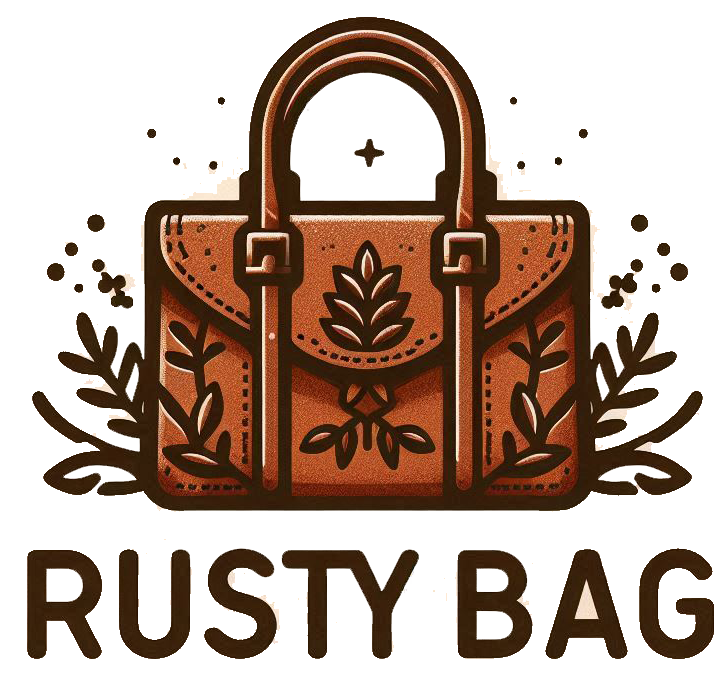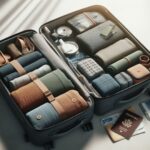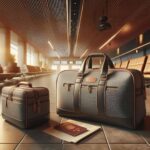Traveling is exciting and full of opportunities to explore new places and create lasting memories. But the type of travel bag you choose can make a huge difference in how smooth your journey goes. A well-chosen bag keeps things organized and stress-free, while a bad choice can leave you frustrated.
Whether you’re packing light for a short trip or gearing up for a longer adventure, knowing your options is key.
1. Know the Purpose of Your Trip
The first thing to consider when picking a travel bag is what kind of trip you’re taking. The type of journey, its length, and the activities you’ll be doing should guide your choice.
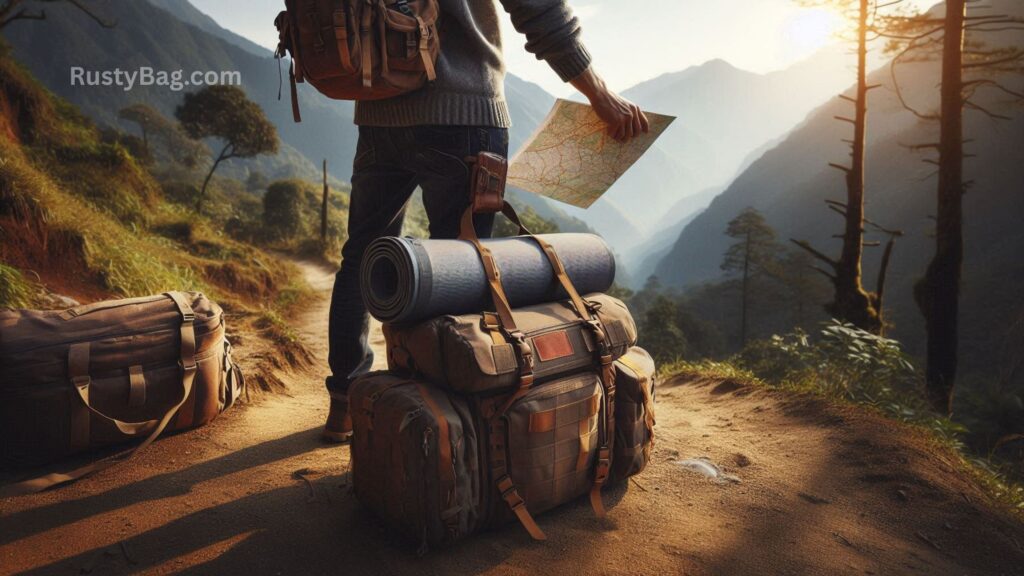
- Business Trips: Go for sleek, professional luggage that fits your formal wear and things like a laptop or important documents.
- Leisure Travel: Pick a bag that balances style and practicality for a more relaxed trip.
- Adventure Travel: Backpacks or durable duffel bags are great for trekking or exploring rugged terrain.
- Family Holidays: A roomy suitcase is perfect for packing everything you need for group trips.
Make sure your bag fits the specific needs of your trip for a hassle-free experience.
2. Bag Size and Capacity
The size of your bag matters. You want one that’s big enough to hold everything without going over baggage limits.
- Short Trips (1–3 days): A small trolley bag or medium-sized backpack works great.
- Longer Trips (7+ days): Go for a larger suitcase to fit more clothes and essentials.
- Multi-Destination Travel: A lightweight, versatile duffel or hybrid bag is easy to carry and great for quick transitions.
Check airline rules to avoid surprise fees for oversized bags!

Osprey Farpoint 40L Men’s Travel Backpack
The Farpoint 40 is a favorite among adventure travelers for its rugged build, lightweight frame, and carry-on compatibility.
Also Read: What Outdoor Brands Offer the Most Durable Backpacks for Rough Terrain?
3. Choosing the Right Bag Type
Picking the right type of bag is crucial. Here’s a breakdown of the main options:

- Backpacks: Great for hands-free travel, especially for active trips. Look for padded straps and compartments for gadgets or water bottles.
- Best For: Hiking, short trips, or casual travel.
- Downside: Might not offer as much organization or protection as a suitcase.
- Suitcases: These are perfect for organized packing. You can go for hard-shell (extra protection) or soft-shell (more flexibility).
- Best For: Business trips or family vacations.
- Downside: Not ideal for rugged terrains.
- Duffel Bags: Easy to carry and lightweight, duffels are versatile, especially when they have wheels for long walks.
- Best For: Short getaways or casual trips.
- Downside: Less structure can make it harder to pack and carry heavier items.
4. Material and Durability
The material of your bag plays a big role in its durability and weight. Here’s a quick look at some common options:
- Nylon & Polyester: Lightweight, durable, and water-resistant. Great for frequent travelers on a budget.
- Downside: Not as fancy as leather.
- Leather: Sophisticated and long-lasting. Perfect for business trips or city travel.
- Downside: Heavier and needs upkeep.
- Canvas: Stylish and eco-friendly, canvas bags are popular for their durability.
- Downside: Not always water-resistant.
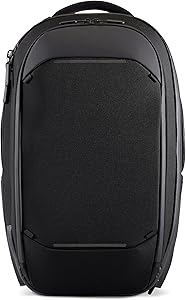
NOMATIC Navigator Travel Backpack
This sleek yet tough backpack expands and collapses based on gear needs. It’s water-resistant, has RFID-safe storage, and fits adventure essentials like a hydration bladder or tech.
Also Read: How do I Maintain and Clean My Adventure Gear Properly?
5. Wheels or No Wheels?
The decision between a wheeled or non-wheeled bag really depends on your travel style.
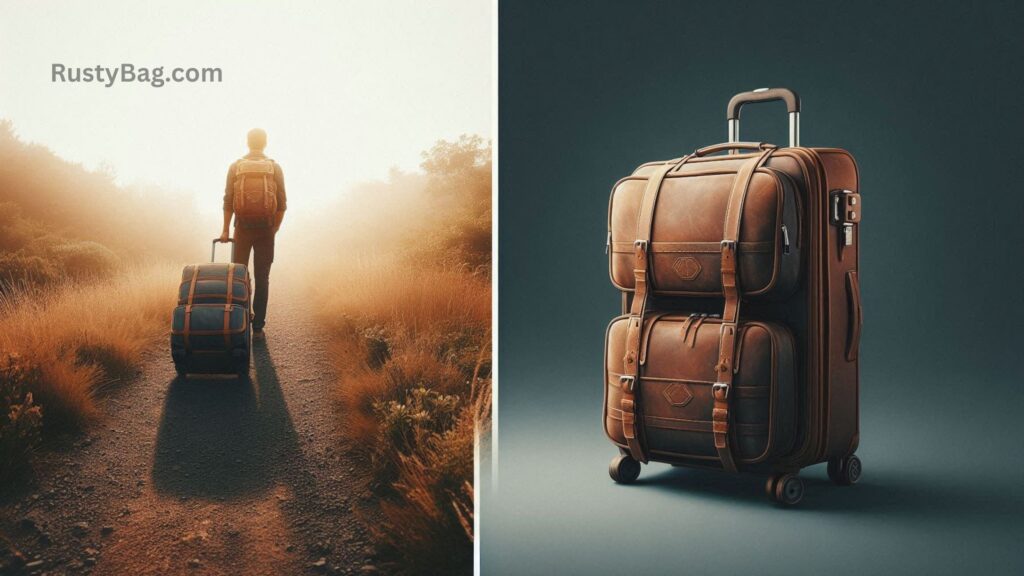
- Wheeled Bags: Trolley bags and spinner suitcases are super easy to roll through airports or hotels. Look for 360-degree wheels for smooth movement.
- No Wheels: Backpacks and duffels without wheels are better for uneven roads or places where you need to carry your bag a lot.
If you go for a wheeled bag, make sure the wheels are strong and sturdy.
6. Security Features
Safety is key when choosing a travel bag, especially for international trips or if you’re carrying valuable items.
Look for these features:
- TSA Locks: These let airport security open your bag without damaging it.
- Quality Zippers: Go for tamper-resistant zippers to keep your things safe.
- Secure Compartments: For valuables like passports, wallets, or electronics.
7. Bag Weight
The weight of an empty bag can impact how much you can pack and how comfortable it is to carry.

- Tips: Choose lightweight materials like nylon or polyester to maximize packing space.
- Hard-shell Bags: These are protective but can be heavier. If you’re flying, check baggage weight limits before you pack.
- Test the Bag: Try carrying it around to make sure it’s manageable before you buy.
8. Budget
Travel bags come in a wide price range. It’s important to find a balance between cost and quality.
- Affordable Options: Look for sturdy, well-made nylon or polyester bags that offer great value.
- Luxury Choices: If you’re looking for high-end bags, leather or designer luggage may be the way to go.
- Smart Shopping: Read reviews, check warranties, and make sure the bag has good after-sales support.
Investing in a high-quality bag might cost more upfront but can save you money in the long run by lasting longer and avoiding frequent replacements.

Osprey Ultralight Collapsible Stuff Pack, Black
Made with ultra-light, weather-resistant fabric, this packable backpack is ideal as a secondary daypack for hiking or exploring.
Also Read: What is the Best Adventure Backpack for Off‐Road Travel?
Conclusion
Choosing the right travel bag is a key part of planning a smooth trip. By thinking about the purpose of your journey, the size of your bag, and your budget, you’ll find the perfect one to keep things organized and stress-free. If you’re looking for something stylish, functional, and eco-friendly, check out uppercase for a range of GRS certified travel bags. Whether you need a lightweight backpack, durable suitcase, or trendy duffel, your ideal travel companion is waiting!
